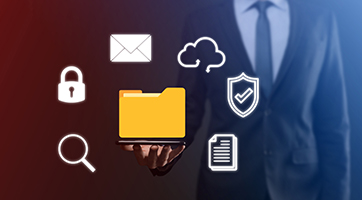PIM security policies often focus on controlling users with elevated permissions to change settings, provision or deprovision access, and make other significant changes without formal oversight. Some companies use PIM solutions to monitor user behaviour and distributed access to prevent admins from having too many permissions.
Key Benefits of PAM:
Granular Access Control: PIM solutions enable organizations to implement granular access controls and policies for privileged identities based on roles, responsibilities, and least privilege principles. Administrators can define and enforce access restrictions, approval workflows, and segregation of duties to ensure that privileged access is granted only when necessary and for authorized purposes.
Credential Protection: PIM solutions secure privileged credentials (such as passwords, SSH keys, and API keys) through encryption, rotation, and vaulting mechanisms. By safeguarding sensitive credentials, PIM reduces the risk of unauthorized access and misuse by malicious actors.
Just-In-Time Privilege Elevation: PIM solutions offer just-in-time privilege elevation capabilities that allow users to temporarily obtain elevated privileges (such as administrator rights) for specific tasks or time periods. This minimizes the exposure of privileged credentials and reduces the attack surface by granting elevated access only when needed and under strict controls.
Session Monitoring and Recording: PIM solutions provide session monitoring and recording features that capture and log all privileged user activities, including commands executed, files accessed, and system configurations changed. This audit trail helps organizations track and review privileged user actions for compliance, forensic analysis, and incident response purposes.
Automated Provisioning and Deprovisioning: PIM solutions streamline the provisioning and deprovisioning of privileged identities through automated workflows and processes. Administrators can automatically grant or revoke privileged access based on predefined policies, user roles, and lifecycle events, reducing the risk of unauthorized access and ensuring timely removal of access rights for former employees or contractors.
Risk Reduction: By centrally managing and securing privileged identities across the enterprise, PIM helps reduce the risk of security breaches, insider threats, and unauthorized access to critical systems and data. PIM solutions enable organizations to proactively detect and respond to potential security incidents involving privileged identities before they escalate into major breaches.
Compliance and Audit Support: PIM solutions help organizations meet regulatory compliance requirements (such as PCI DSS, HIPAA, and GDPR) by providing comprehensive access controls, audit trails, and reporting capabilities for privileged identities. PIM facilitates compliance audits and assessments by demonstrating the enforcement of privileged access policies and the protection of sensitive data.
Products:




